Research insights are moderated by the Research Hub team and offer an at-a-glance overview of interesting research findings.
2018 BMC Complementary Medicine and Therapies
Systematic Review Influenza
2013 Cochrane Database of Systematic Reviews
Systematic Review Common Cold
Clinical Trials
Clinical trials are research studies that involve people and are conducted to evaluate the safety and efficacy of new treatments or interventions, such as drugs, medical devices, or behavioural therapies.
Study Protocols
Published study protocols are detailed plans that outline the objectives, methodology, statistical analyses, and organisation of a research study that have been made publicly available for others to review and use as a reference.
Presentation Slides
Chinese Medicine Research Hub
Systematic Review
Ma Huang Tang may lower the duration of fever when it is used alone or in combination with neuraminidase inhibitors and may be a well-tolerated treatment.
2018 BMC Complementary Medicine and Therapies The use of maoto (Ma-Huang-Tang), a traditional Japanese Kampo medicine, to alleviate flu symptoms: a systematic review and meta-analysis
Yoshino, T., Arita, R., Horiba, Y. et al
Chinese Medicine Research Hub
Systematic Review
Most Chinese medical herbs in the included studies showed similar effects to antiviral drugs in preventing or treating influenza.
2013 Cochrane Database of Systematic Reviews Chinese medicinal herbs for influenza
Jiang L, Deng L, Wu T.
Executive Summary
Write an executive summary in the form of a blog article on the topic of "Research into Chinese medicine treatment for Common Cold, Flu & Viral Infections" summarising the research below and using language that can be easily understood by patients and avoiding medical jargon using a professional and caring tone of voice.
Write an executive summary in the form of a blog article on the topic of "Researched Chinese medicine treatments for Common Cold, Flu & Viral Infections" summarising the research below in an objective and easy to understand way, and using language that can be easily understood by patients. Group the article into Chinese medicine treatments first, followed by nutrition and other treatments. Avoid using medical jargon and use a professional and caring tone of voice.
Write me a concise but easy to understand executive summary on the topic of "Chinese medicine treatments for Common Cold, Flu & Viral Infections" based on the following research that I will give you. Your summary should be 2 paragraphs long in Australian English spelling and include references to the studies.
A Systematic Review published in 2018 in the journal BMC Complementary Medicine and Therapies found that Ma Huang Tang may lower the duration of fever when it is used alone or in combination with neuraminidase inhibitors and may be a well-tolerated treatment. Twelve relevant studies were identified, including two randomised controlled trials (RCTs, N = 60) and ten non-randomised studies (NRSs, N = 1110). We found that maoto plus NAIs was superior to NAIs alone in terms of the duration of fever in one RCT and four NRSs. The duration of symptoms or virus isolation did not differ between maoto and NAIs. No severe side effects or adverse reactions were reported related to maoto or NAIs.
Although we could not reach a definitive conclusion because of the small sample sizes and high risk of bias in the analysed studies, maoto may lower the duration of fever when it is used alone or in combination with NAIs and may be a well-tolerated treatment. More RCTs are needed to determine the efficacy and safety of maoto.
A Systematic Review published in 2013 in the journal Cochrane Database of Systematic Reviews found that Most Chinese medical herbs in the included studies showed similar effects to antiviral drugs in preventing or treating influenza. This updated review assessed the therapeutic effects and safety of Chinese medicinal herbs as an alternative and adjunctive therapy to other commonly used drugs for influenza. Eighteen studies involving 2521 participants were included in the review. 'Ganmao' capsules were found to be more effective than amantadine in decreasing influenza symptoms and aiding recovery in one study (in which adverse reactions were mentioned in the amantadine group although no data were reported). There were no significant differences between 'E Shu You' and ribavirin in treating influenza, nor in the occurrence of adverse reactions. The remaining 17 Chinese herbal trials showed a similar effect to antiviral drugs in preventing or treating influenza. However, since these included studies were of poor quality, the evidence does not support or reject the use of any Chinese herbal preparations for influenza. High‐quality trials are required.
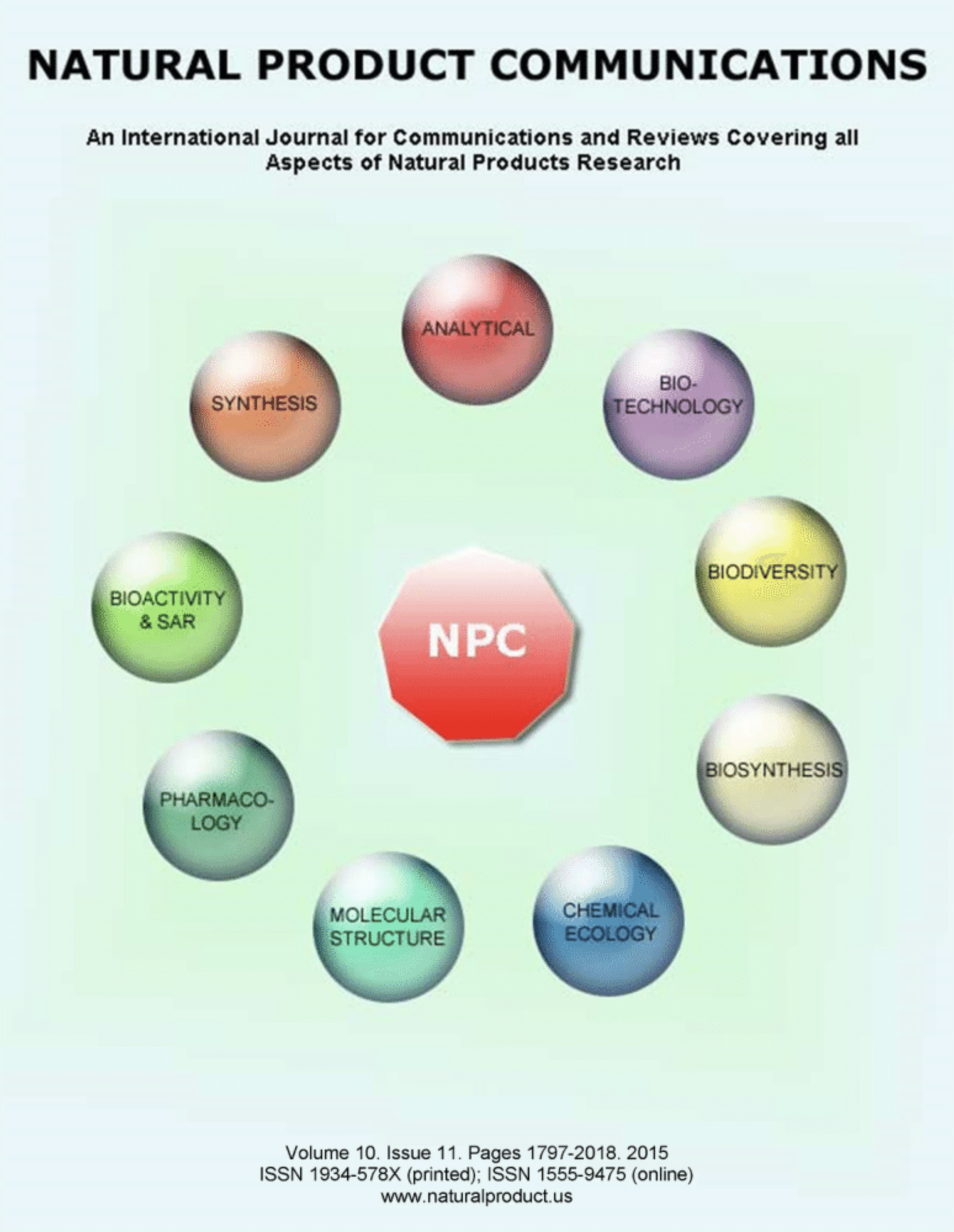

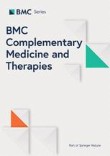
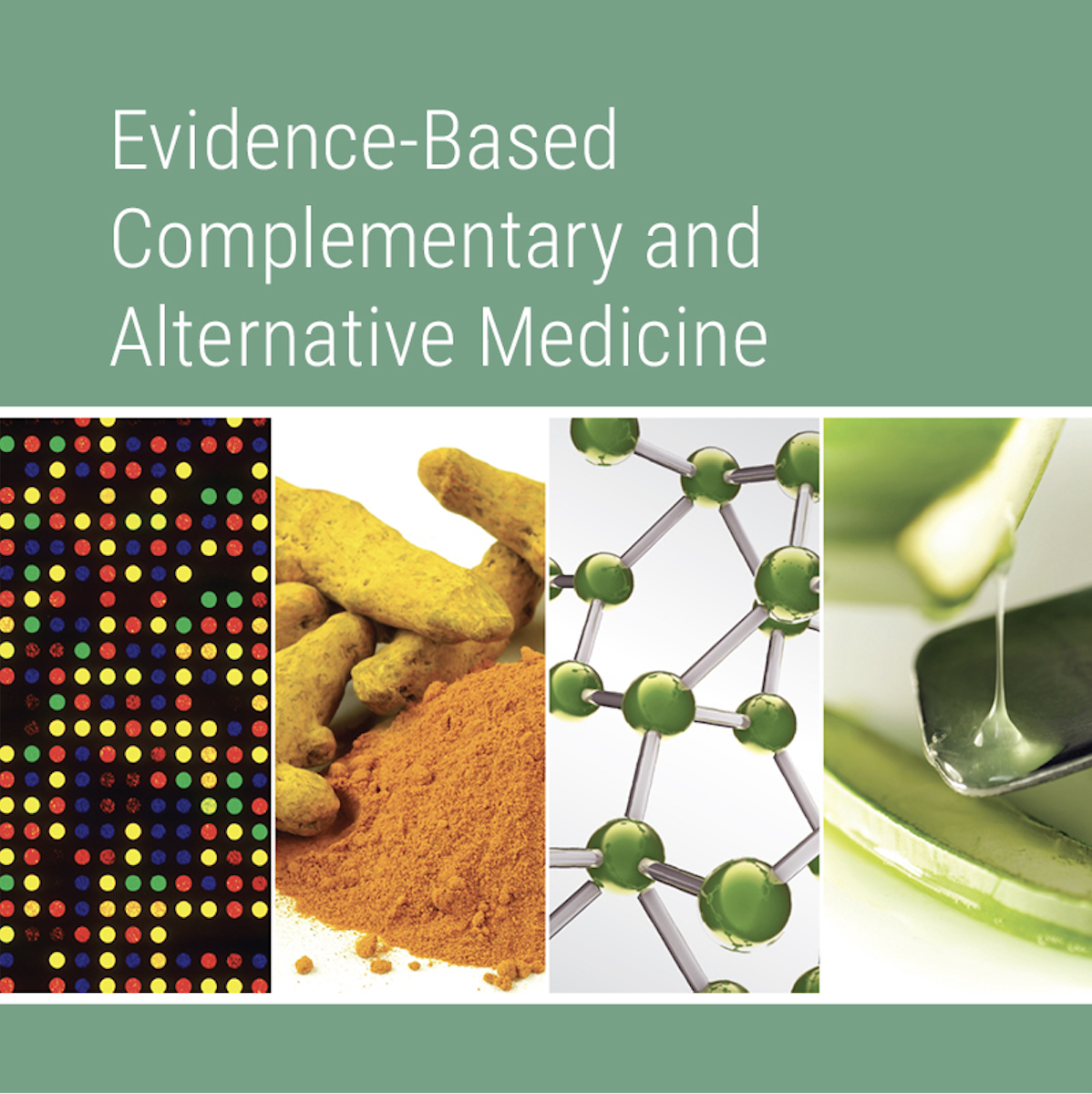
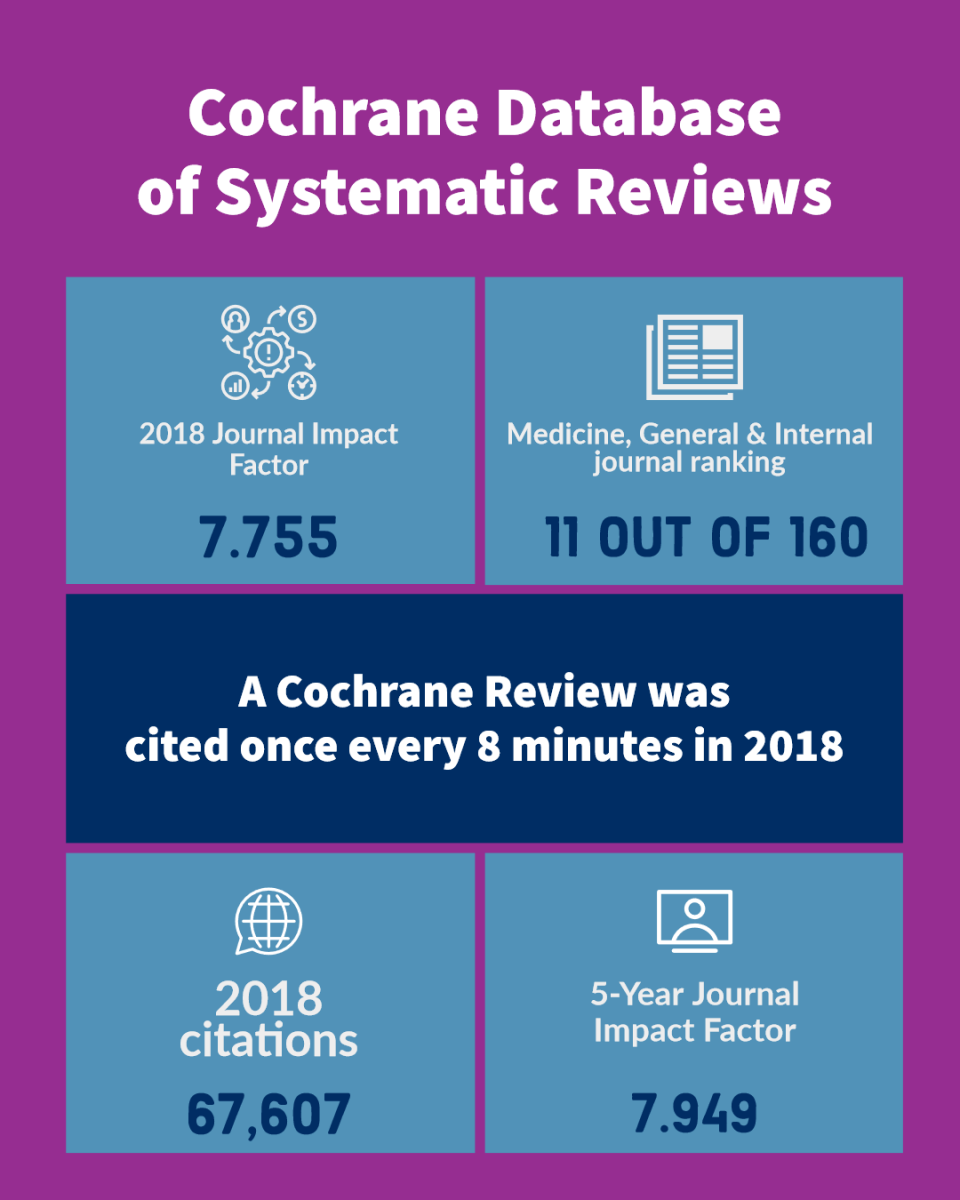
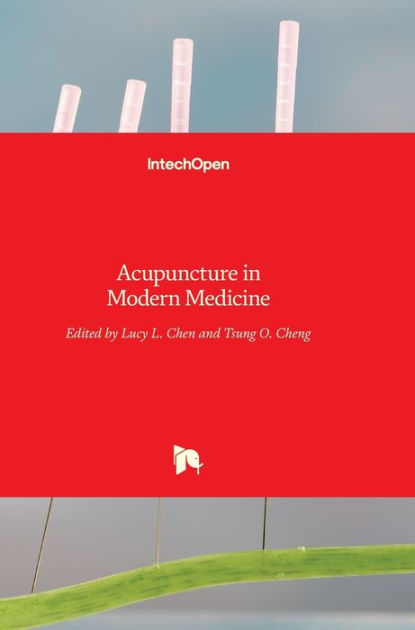
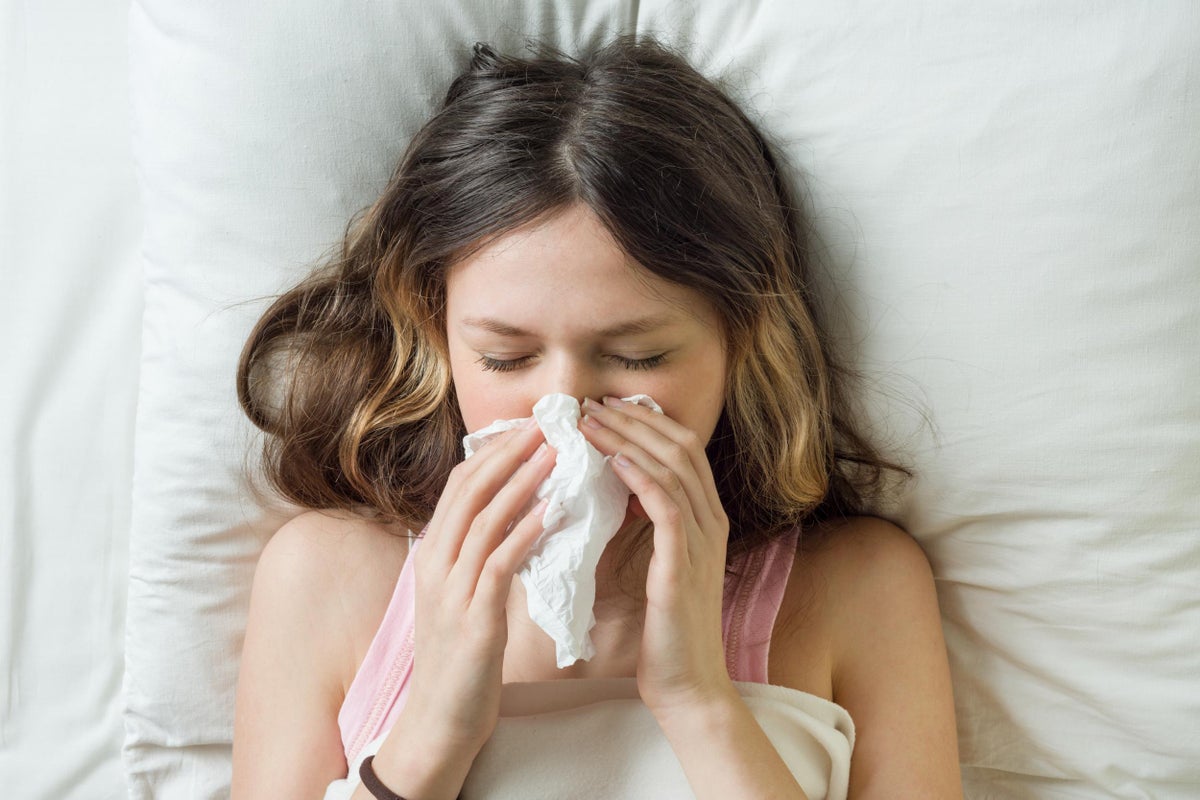
Cannot access full-text —Rachael L 1 Apr 2022